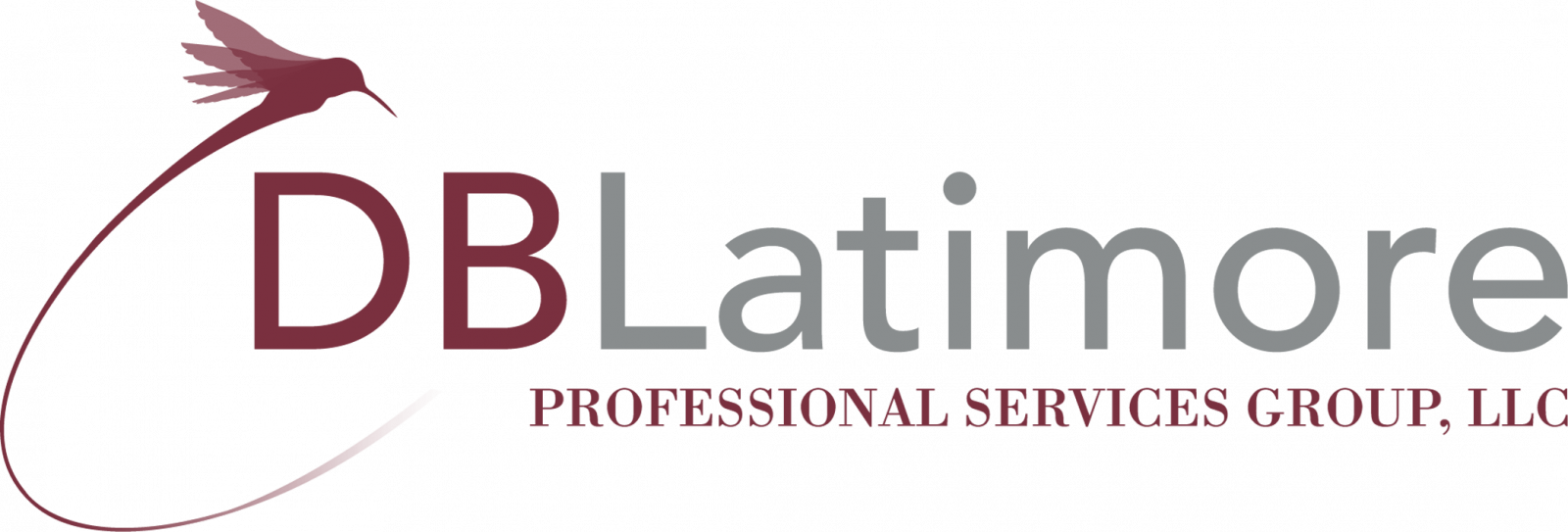In January of 2002, I had to travel to the UK for work. Although I had gone through the mental mantras’ on fear, I was still experiencing “low grade fear” brewing just under the surface like a low grade fever. I got on the plane and arrived safely in Manchester, England and once I was retrieved by our corporate driver, I relaxed. Just as I settled into the ride, following the pleasantries, he asked how America was doing? Puzzled for a moment, I decided to engage in the conversation, sharing that we were shaken from 9/11 but we would recover and be a stronger country. I will never forget his response: “America is a young country, just beginning to experience what the rest of the world lives with on a daily basis, how it unites during this crisis will be its defining moment.”
A crisis is brewing in America, focused on division not unity. The timing of 9/11 was not lost on me; it was during the highest point of daily activity, while people are settling into the work day. Its target – the American workforce. Yes we label it as an attack on the World Trade Center and the Pentagon but that is brick and mortar – more importantly the attack was on the American people during an activity that we take for granted – the right to work. This single moment in time, shifted how we think about going or sending our love ones to work.
Previous incidents of workplace violence was primarily between a victim and a known assailant, however following 9/11 the mass violence in the workplace has increased. It has become an occupational hazard for employers today. The low grade fear that I experienced is not unique to me. While, it may be termed increased awareness, being on high alert or any of the politically correct terminology, the root cause is embedded in fear. Fear breeds anxiety and anger.
Workplace violence impacts three groups of people: the victims whom we mourn or pray for their recovery, the survivors who are expected to return to the workplace, pick up the pieces and continue to move forward and the observers who watch in horror and wonder why and how this could happen. Each group becoming victims of “Low grade fear”. Like Post Traumatic Stress (PTSD) fear of the workplace must be addressed.
How do we combat “Low Grade Fear”?
1) Understand the source of your fear or anxiety. Recognize your psychological and physical triggers, such as increased heart rate, sweaty palms, tension headaches
2) Acknowledge the Fear – Talk it out. Many companies have employee assistance programs. Talk with a trusted source, your spouse, a friend, a member of clergy
3) Know Your Companies Security/Safety Protocols. Knowing how to respond during a crisis is critical and helps to calm an aspect of fear
4) Do not be ashamed of your feelings. Fear and anxiety are real emotions. It does not diminish you as a person.
Our society is changing, knowing how to put our fear in perspective is critical. America is in crisis – as I was told by an older British driver – this is our defining moment.
This article was published in Ealon Magazine: Careers Column.



